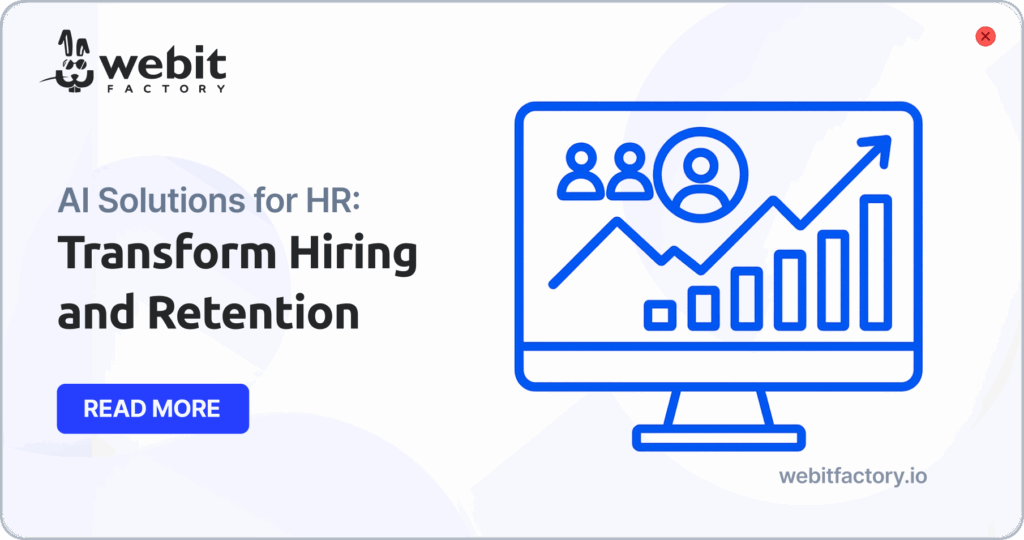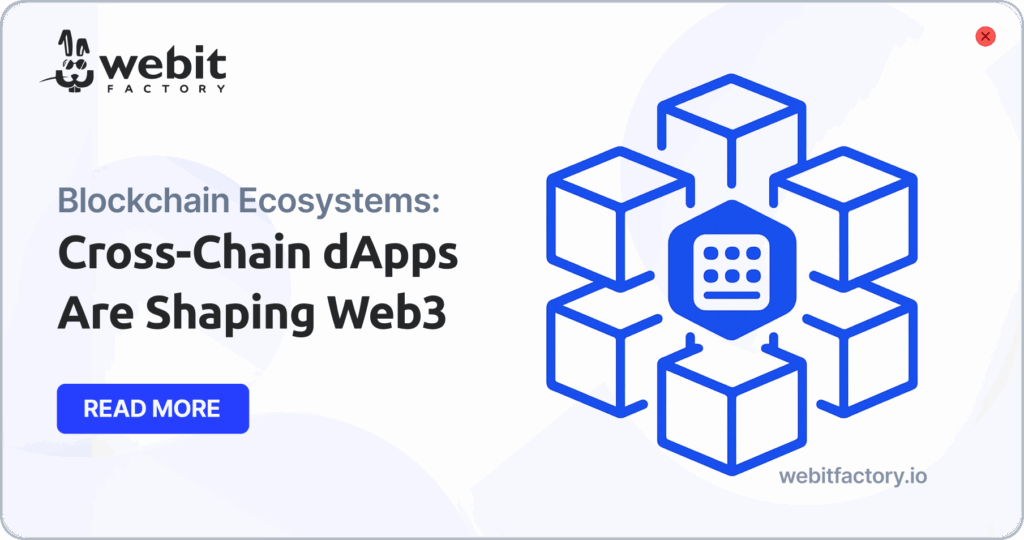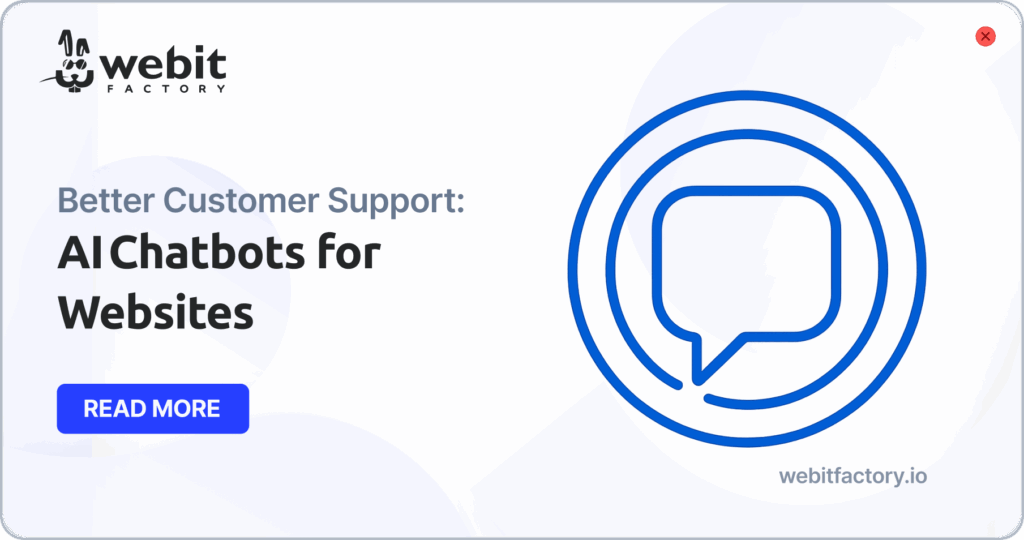You’ve probably heard the term AI agent thrown around in conversations about automation, virtual assistants, or digital workflows. But what does it really mean? At its core, an AI agent is a software program that can make decisions and take action without someone hovering over it. And no, it is not here to take your job. It is here to make it easier. Let’s break down what these agents are, how they work, and why they’re showing up in more and more tools you already use.
What is an AI agent?
An AI agent is software that can sense what is going on, decide what to do, and then actually do it. Think of it like a digital teammate with basic instincts and a growing sense of judgment. According to AWS, these agents are designed to achieve goals by observing their environment and making rational choices to improve results.
Unlike traditional apps that sit idle until you click something, AI agents are active participants. A scheduling agent, for example, will not just notify you of conflicts. It might suggest a better time, message your team, and update the calendar. All of this can happen while you are focused on something else.
Business Insider notes that people define AI agents differently. Some focus on autonomy. Others see them as reasoning machines. In practice, they’re useful when software needs to do more than follow a script. It needs to think on its feet.
How do AI agents work?
Every AI agent works through a loop that lets it take initiative instead of waiting for commands. That loop looks like this:
- Perceive: It gathers input, maybe from a user, a data stream, or a sensor
- Reason: It processes that input and figures out what makes sense to do next
- Act: It executes the decision by sending a message, updating a file, or triggering a workflow
Google Cloud describes them as systems that can also remember, plan, and adapt. That means they do not just react in the moment. They can get better over time. Like a colleague who remembers how things went last time and adjusts their approach accordingly.
Say you are using an AI agent in customer support. The first time it handles a refund request, it follows the rules. After seeing five variations, it starts catching edge cases you didn’t plan for. That is when it stops being just helpful. It starts being impressive.
Types of AI agents you should know
Not all AI agents are built the same. Some are simple. Some are strategic. Some can learn and evolve.
A simple reflex agent acts on the spot. It sees a thing and does a thing. This is great for basic automation. A model-based agent remembers what happened before and uses that memory to make smarter choices. That is useful when the context matters.
Goal-based agents choose actions based on whether they help reach a target. Utility-based agents weigh options and pick the best one. These are the kinds of agents you might want managing your ad budget or optimizing supply chains.
At the top of the stack are learning agents. They do not just follow rules or goals. They get better at their job the more they do it. IBM lays these types out clearly, and Datacamp explains why choosing the right one depends on how much autonomy and intelligence your use case needs.
Real-world uses that show their value
AI agents are not science fiction anymore. They are handling tasks you would probably hand off anyway, and they are doing it without micromanagement.
Email triage and meeting coordination
Instead of you slogging through threads, agents can sort, summarize, and schedule (Lindy.ai)
Customer support
They handle basic queries, escalate tricky ones, and get smarter with every ticket
Data handling
Agents analyze spreadsheets, flag anomalies, and even recommend actions
These agents are like digital interns with a great attitude and no training time. They speed things up, reduce human error, and free people to focus on creative or strategic work. Importantly, they do not need breaks or reminders. They just get the job done.
Why AI agents are the future of automation
Here is the big shift. Automation used to mean following a set of rigid instructions. AI agents are changing that. They can make decisions. They can adjust plans. They can collaborate with humans in real time.
TechRadar points out that today’s most advanced agents do not just respond. They lead. They understand context, choose tools, and pivot when things change.
Time sees them as digital coworkers. Not just automators, but partners. TechRadar adds that these agents bridge the gap between data and action. Instead of giving you another report to read, they take the next step.
Even The Financial Times notes that agentic AI is already automating tasks across procurement, HR, logistics, and law. It is doing this with enough autonomy to adapt to changes on the fly.
We are not talking about replacing people. We are talking about giving teams an upgrade.
AI agents are reshaping how digital tools work. They do not just wait for input. They sense, decide, and act. Whether they are helping you sort emails, assist customers, or crunch data, they are quickly becoming essential to modern workflows. And the best part? They are not competing with humans. They are working with us, taking on the boring stuff so we can spend more time on the meaningful work that actually moves the needle.
Got an AI Project Idea?
Related Articles

AI Solutions for HR That Transform Hiring and Retention
AI solutions for HR are transforming hiring and retention with faster recruitment, better cultural fit, and lower turnover rates.

Cross-Chain dApps Are Shaping Web3
Cross-chain dApps are shaping Web3 by streamlining UX, improving contract monitoring, and bridging fragmented blockchain ecosystems.

AI Chatbots for Websites for Better Support
AI chatbots for websites transforming support, sales and engagement with smart automation, available 24/7 to solve boost conversions.
